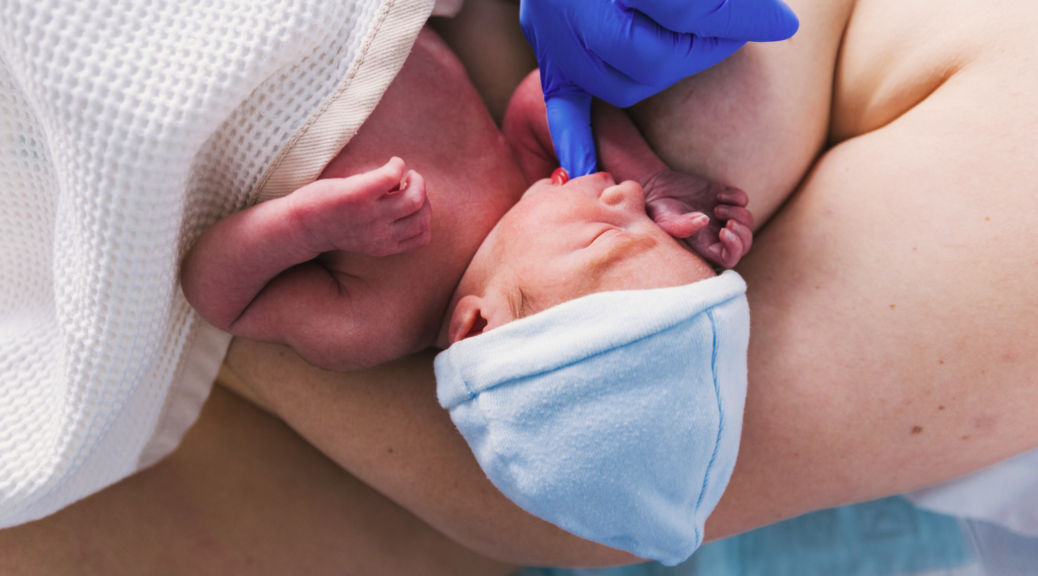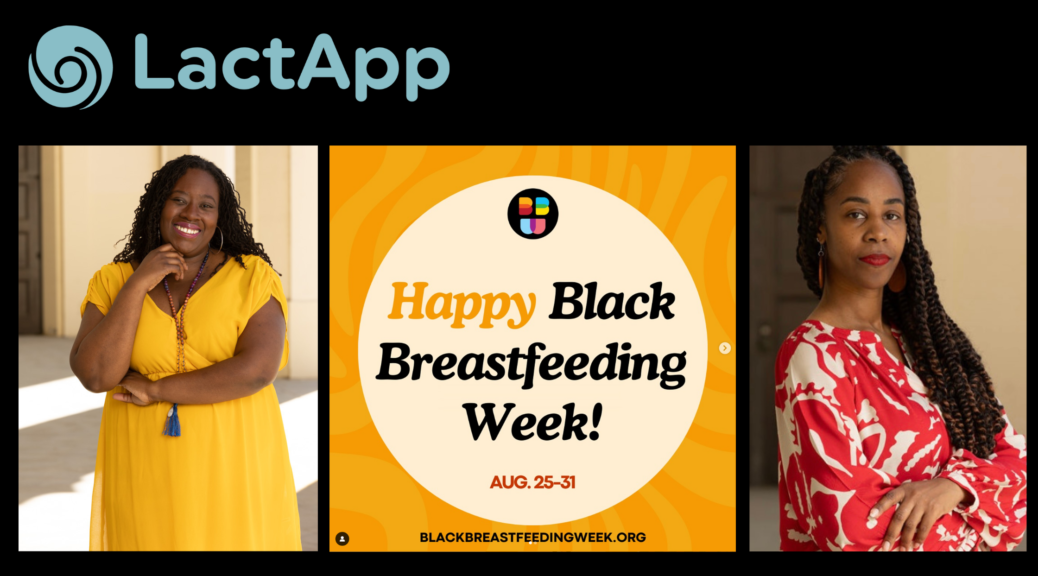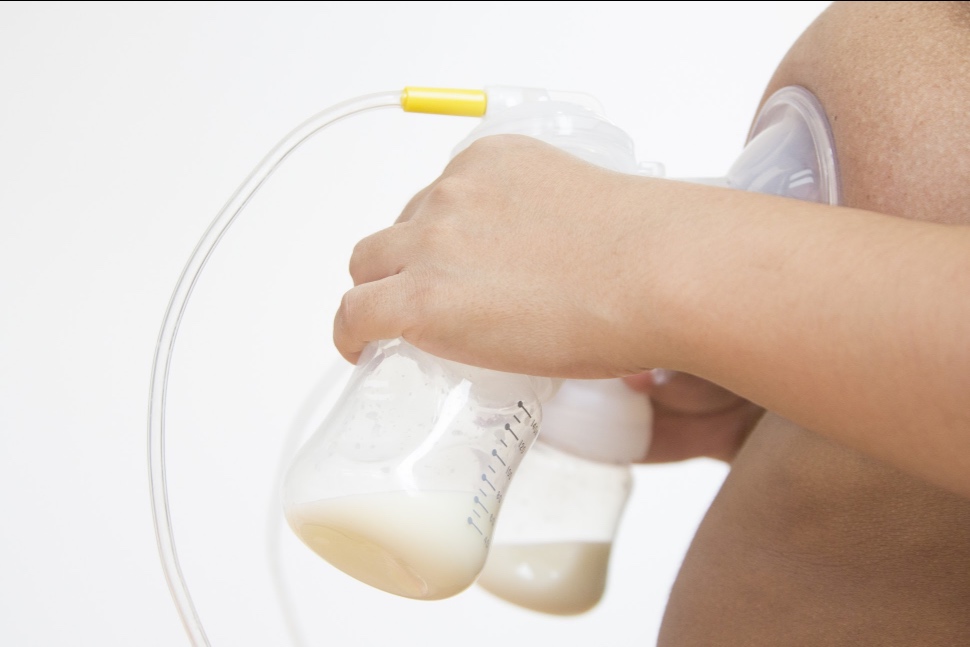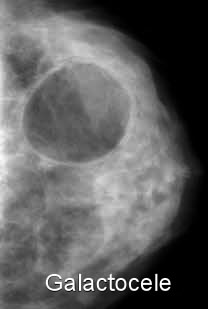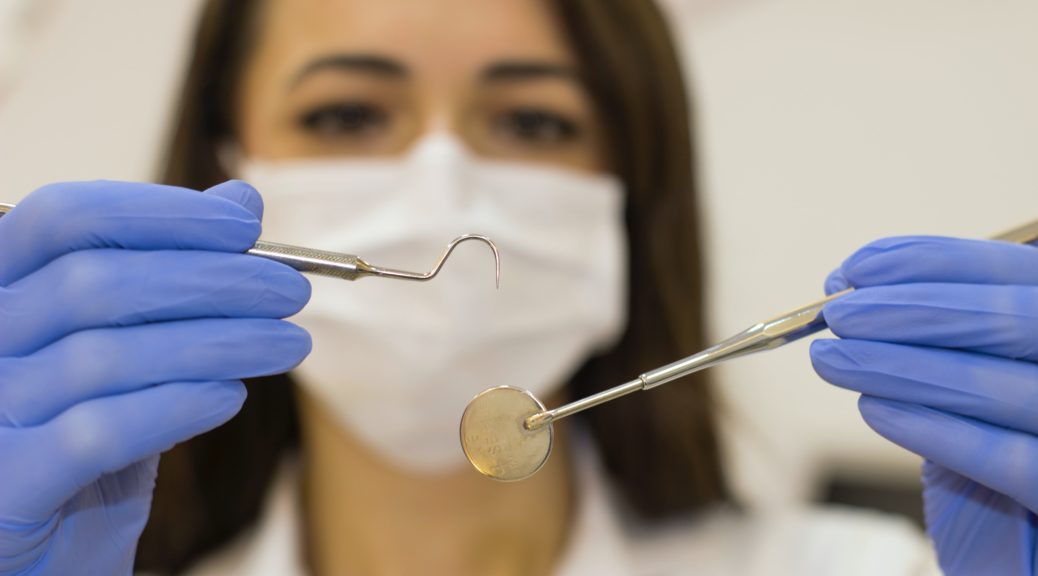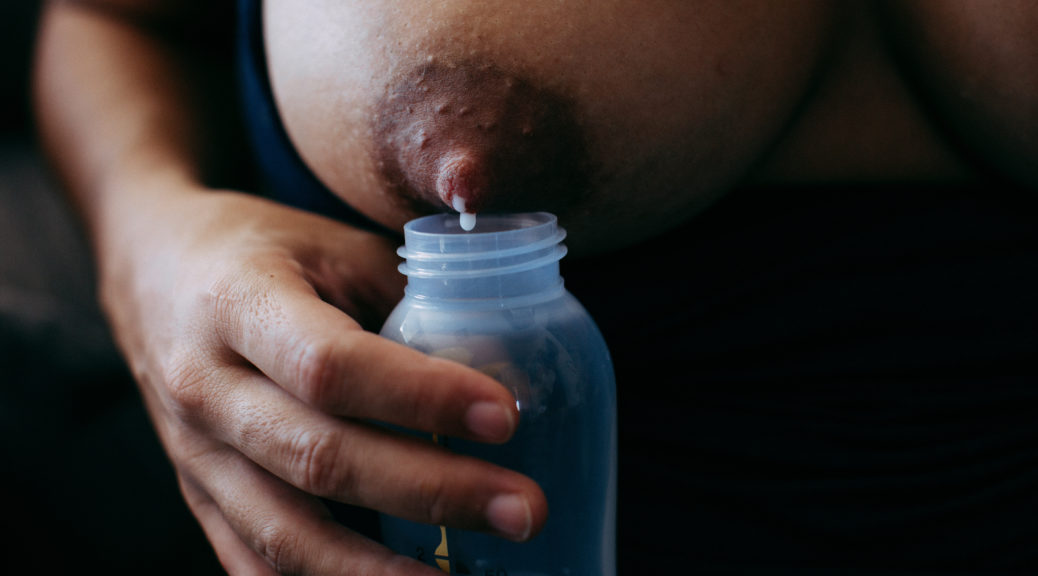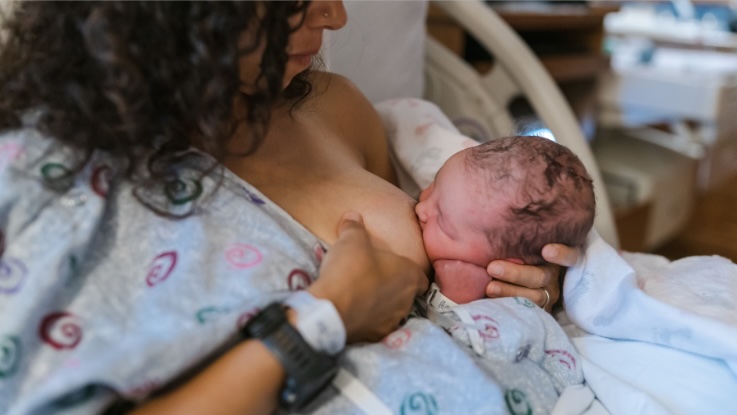Waring signs after birth
Do you know what are the warning signs after birth? After giving birth, you will be discharged between 24 hours and 2-3 days if you have given birth in a hospital. You will likely not see a healthcare professional again until some days later, depending on your local care plan. In some places, this can even be weeks after birth. Therefore, would you know what symptoms you need to look out for and when you should visit your midwife or…

